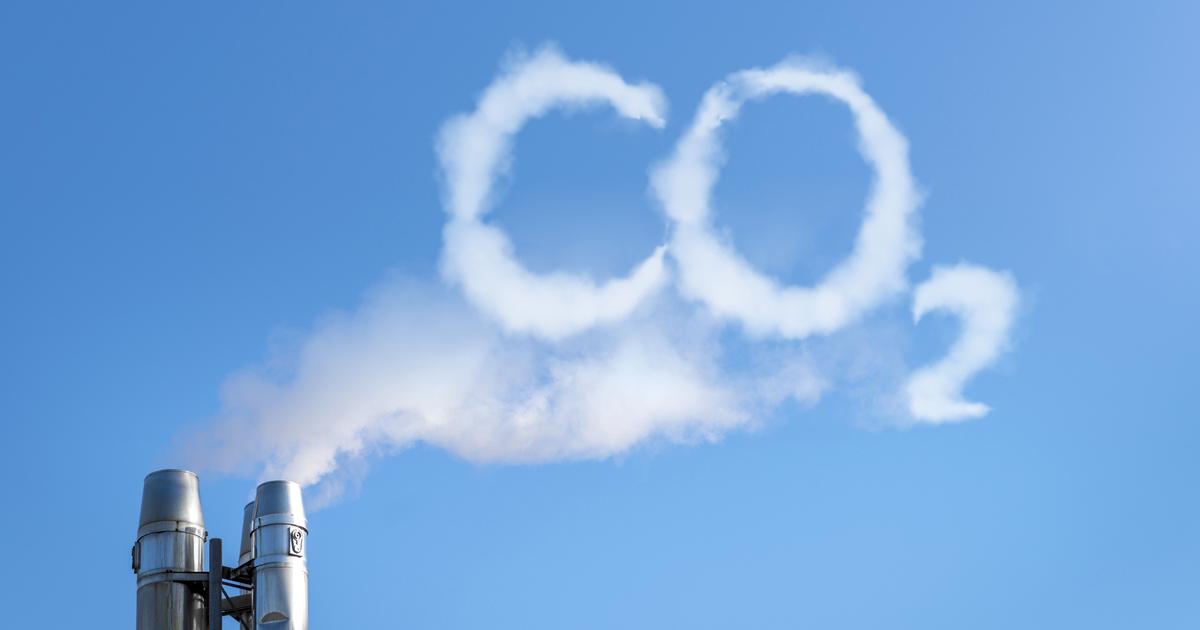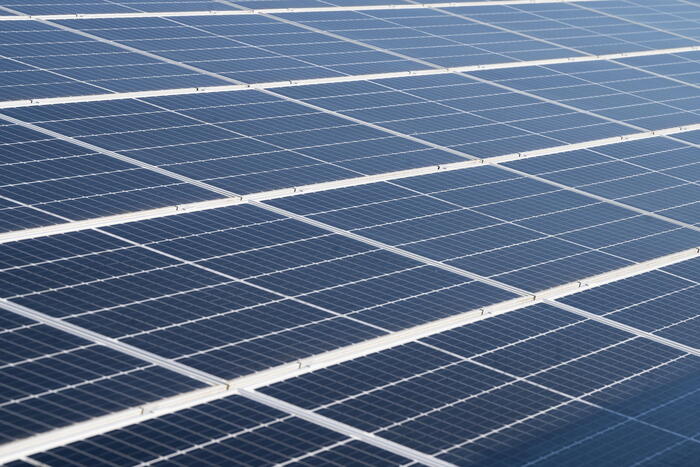Following the huge rebound in carbon dioxide (CO₂) emissions that blew out the global energy system in 2021 — an increase of 6% — many analysts expected another big increase this year spurred by tensions in the sector caused by the war. in Ukraine.
But the International Energy Agency (IEA) has published a first analysis this Wednesday and its forecasts are that although they will continue to increase, growth will be "a little less than 1%".
This agency points directly to the "strong expansion of renewable energies and electric vehicles", which prevent "a much more pronounced increase".
CO₂ is the main greenhouse gas and its accumulation in the atmosphere is behind the warming process that the planet suffers and that leads to an increase in average temperatures and extreme phenomena.
Therefore, reducing the emissions of this gas is at the center of international climate policies.
In turn, the energy sector —including electricity production, transport and industrial processes— is the main emitter of all, with more than two thirds of the world total.
The fact that the increase in carbon dioxide emissions linked to energy is more moderate than expected does not prevent them from setting a historical record again.
Never has this sector emitted so much CO₂, which does not place the planet on the path for warming to remain within safe limits;
for that it is necessary that they fall drastically.
But the analysis prepared by the IEA in which the forecasts for this year are advanced has an optimistic tone.
"These CO₂ emissions are on track to increase by nearly 300 million tons in 2022", which implies a "much smaller" increase than that of last year, when an increase of 2,000 million was touched "as a result of the rapid global recovery from the economic crisis caused by the pandemic.
This year the darkest forecasts pointed to a similar rise due to the war in Ukraine.
“Although the energy crisis caused by the Russian invasion of Ukraine has boosted global demand for coal in 2022 by making natural gas much more expensive, the relatively small increase in emissions from the coal sector has been considerably outweighed by the expansion of renewable energies.
The IEA also acknowledges that the war has impacted expectations for economic growth, especially in Europe.
But even so, this agency is cautiously optimistic that the CO₂ intensity of the energy supply – the amount of emissions that are produced to generate the energy – will improve slightly in 2022, resuming “a trend of years of constant improvement that was interrupted last year by the economic recovery” after the covid crisis.
“This year's expected improvement contrasts with what happened after the 2008 global financial crisis, which saw sharp deteriorations in the CO₂ intensity of power supply for several years after the
shock .
economic”, clarifies the IEA.
And its analysts point to renewables and electric cars.
An example: without the progress that is taking place in both cases, “the increase in global CO₂ emissions this year would be much greater, more than triple, reaching nearly 1,000 million tons.”
“The global energy crisis triggered by the Russian invasion of Ukraine has sparked a scramble by many countries to use other energy sources to replace the natural gas supplies that Russia has withheld from the market.
The encouraging news is that solar and wind power are filling much of the gap, and coal's rise appears to be relatively small and temporary," IEA Executive Director Fatih Birol said in a statement.
"This means that CO₂ emissions are growing much less rapidly this year than some people feared, and that political actions by governments are driving real structural changes in the energy economy," he added.
Europe and China
By region, the IEA forecasts that the European Union's emissions will fall this year despite an increase in the use of coal.
"The increase in coal use in Europe is expected to be temporary, with a strong portfolio of new renewable projects," adds the agency's analysis.
In China, emissions are forecast to remain flat this year, due to “weaker economic growth, drought impacts on hydropower, and significant solar and wind power deployments.”
In addition to war and historic drought in a significant part of the extratropical hemisphere, the increase in the use of coal and oil this year has also been driven by problems in the nuclear sector.
"The global supply of low-emission electricity has suffered a setback due to a series of interruptions in nuclear power plants," explains the IEA.
"This was largely due to the fact that more than half of France's nuclear reactor fleet was out of service for part of the year," he adds.
More information
Spain drags its feet with the electric car
It is not enough to grow less
But, although the moderate increase in emissions can be considered good news, that is not enough if the warming is to remain within the safety margins established by science.
Global warming due to anthropogenic greenhouse gases is already about 1.1 degrees Celsius above pre-industrial levels.
And the Paris Agreement establishes that it should stay between 1.5 and 2 degrees.
To do this, the governments of all countries must submit climate plans to the UN that lead to global emissions being close to zero from the second half of the century.
The first stop on that route is 2030, when global greenhouse gas emissions will need to be reduced by 43% from 2019 levels, according to the latest IPCC report.
At this time, the plans of all countries will lead to a reduction of approximately 7% in 2030, according to an analysis carried out by the World Resources Institute (WRI, its acronym in English) presented this Wednesday.
That is why it is not enough that the growth of emissions moderates, drastic cuts are needed during this decisive decade.
According to the latest UN calculations, the countries' plans can lead to an increase of around three degrees, which would multiply extreme phenomena.
You can follow CLIMA Y MEDIO AMBIENTE on
and
, or sign up here to receive
our weekly newsletter








